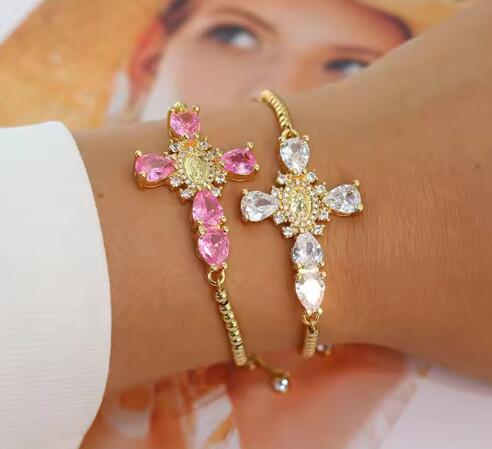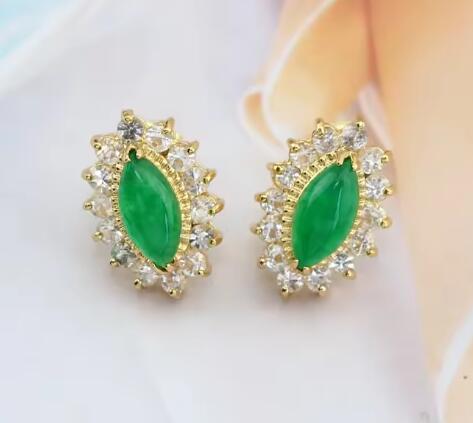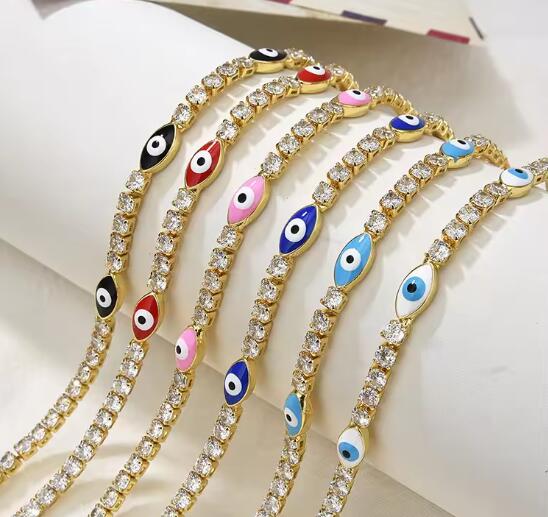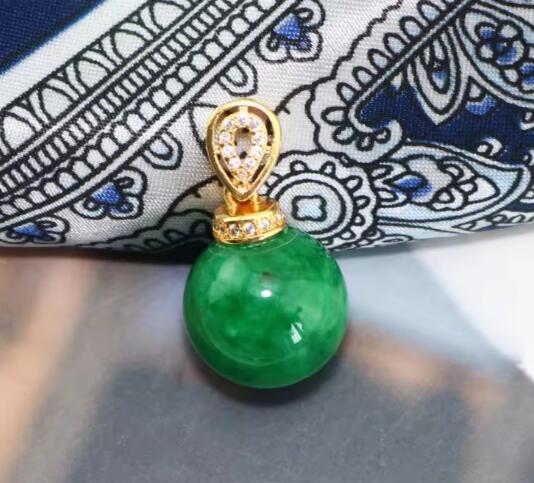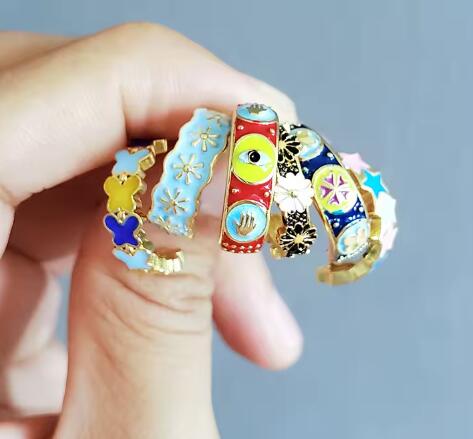For jewelry lovers and conscious consumers, brass jewelry offers an attractive combination of aesthetic appeal and accessibility. However, questions about its longevity—particularly regarding tarnishing and wear—are common. This brings us to a key question: Does modern electroplating technology actually enhance the durability of brass jewelry? Through an examination of the process and its benefits, the evidence strongly supports that it does.
Modern electroplating acts as a advanced protective system for jewelry, fundamentally improving its ability to withstand daily wear. Here’s a structured look at how it achieves this.
The primary weakness of bare brass is its susceptibility to tarnishing when its copper content reacts with moisture and atmospheric sulfur.
The Protective Mechanism: Electroplating deposits a microscopic layer of a nobler, less-reactive metal onto the brass substrate. Common choices include:
Rhodium: Known for its exceptional hardness and brilliant, reflective finish, it provides a robust, corrosion-resistant barrier.
18k or 14k Gold: A sufficiently thick layer of gold plating acts as an effective sealant against air and moisture.
Palladium: A durable, white metal that serves as an excellent protective undercoat or final layer.
The Practical Outcome: This plated layer functions as a shield, dramatically slowing the oxidation process and preserving the jewelry's original luster for a significantly longer period.
Jewelry is subject to a constant, low level of abrasion from clothing, handwashing, and general activity.
The Strengthening Process: The metals used in high-quality plating are typically much harder than the underlying brass alloy. The electroplating process metallurgically bonds this harder surface to the softer core.
The Practical Outcome: This results in a piece that is far more resilient to fine scratches and surface scuffs. A well-plated ring or necklace will maintain its smooth, polished appearance through extended daily wear, whereas unplated brass would show wear more quickly.
Direct and prolonged contact with brass can sometimes cause skin discoloration (a harmless green tint) or irritation for those with sensitivities.
The Sealing Solution: A continuous, high-integrity electroplated layer completely isolates the skin from the base brass.
The Practical Outcome: This makes quality plated brass jewelry a comfortable option for nearly everyone, preventing allergic reactions and skin discoloration by ensuring only the hypoallergenic plated metal touches the skin.
The durability of the plating is not universal; it depends on two critical factors:
Plating Thickness: Durability is directly related to the thickness of the plating, measured in microns. "Heavy" or "thick" plating (2-5 microns) will last orders of magnitude longer than "flash" plating (less than 0.5 microns), which is merely a cosmetic coating.
Underlying Quality: The process works best on brass that has been properly polished and cleaned beforehand. A flawless base ensures a uniform and strongly bonded plating.
Modern electroplating technology unequivocally improves the durability of brass alloy jewelry. It transforms it from a trend-focused accessory into a resilient piece capable of maintaining its beauty and integrity over time. By providing a proven shield against tarnish, scratches, and skin irritation, advanced electroplating allows you to confidently invest in the sophisticated look of brass jewelry. When selecting a piece, prioritizing quality plating is the key to ensuring it remains a part of your collection for years to come.
